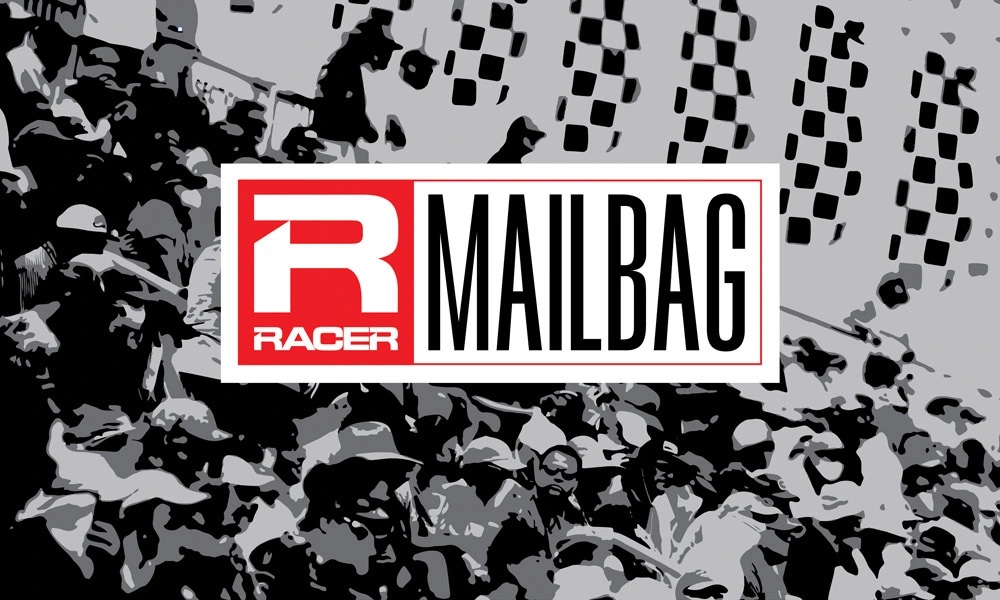
Welcome to the RACER Mailbag. Questions for any of RACER’s writers can be sent to mailbag@racer.com. Due to the high volume of questions received, we can’t guarantee that every letter will be published, but we’ll answer as many as we can. Published questions may be edited for length and clarity. Questions received after 3pm ET each Monday will appear the following week.
NOTE: Thanks to everyone who sent letters in response to the recent Guest Mailbag by IndyCar president Jay Frye. Your feedback has been forwarded to IndyCar – MG
Q: What are the ramifications of disqualification from an IndyCar event once it is underway? It makes sense that the driver would score no points for that event, but what other outcomes are associated with a disqualification?
Leslie Bissell, Kansas City, KS
MARSHALL PRUETT: All depends on the disqualification. If it’s the two rookies at Iowa, they both scored points — five apiece — because IndyCar pays points for every position. But there’s a distinction here where they were disqualified from competing in the race which, in my best Buxton-esque Drive To Survive voice, means they were no longer allowed to participate in the race while it was happening.
That’s different than being excluded from the results, which is a post-race penalty that treats the offending team or driver like they were never there, and for that to happen, it would need to be a huge violation of whatever sorts.
Foyt’s Pedersen was parked for being too slow, so the DQ was the penalty. To his credit, he learned from his mistakes while being lapped at Mid-Ohio and didn’t put up a silly fight in the second race as the field streaked by. For Coyne’s Robb, they were the cause of the penalty for sending him without a wheel attached to the car, and then failing to tell him to stop. Robb paid the price for their errors, and if there was an unpublished monetary fine assessed to the team by the series, we shouldn’t be surprised.
Q: I have always admired and supported Roger Penske. He and I grew up a few miles from each other, although I was on the wrong side of the tracks. I admired him as a driver and then, of course, as an amazing team owner. I was elated when he bought IndyCar and IMS, and I truly believe he has saved the series.
Having said all that, I must complain about the excessive amount and length of the commercials during the Iowa doubleheader. Before I retired, I was a chief financial officer at several organizations for 40 years, so I understand the importance of revenue streams. Even so, the TV commercials, especially for the Sunday race, spoiled the entire viewing experience. From the time the green flag dropped until the checkers waived, there were 12 commercial breaks in a short race! The split screen technique does little to help, especially when the only sound you can hear is the overly loud babbling of the commercials.